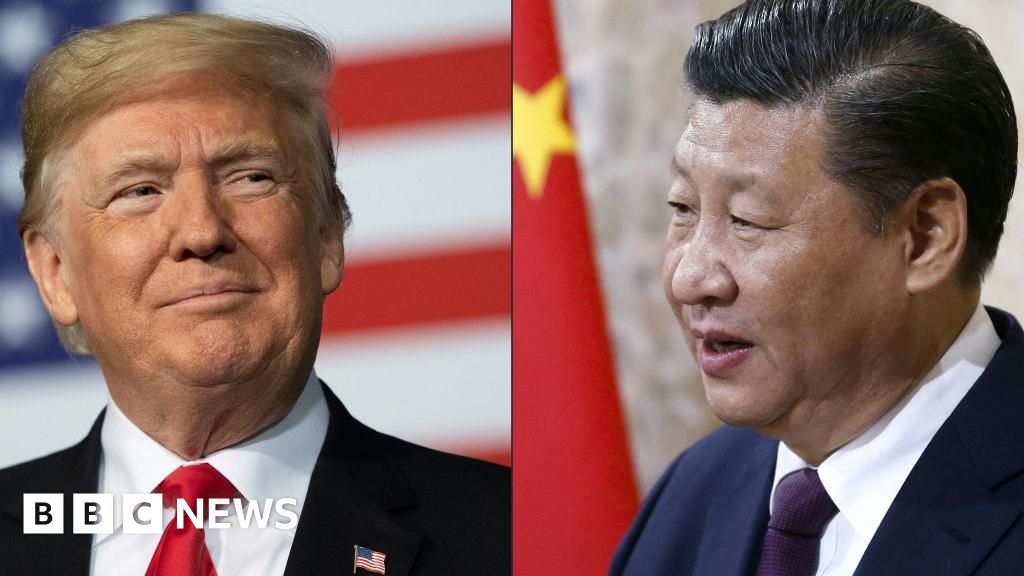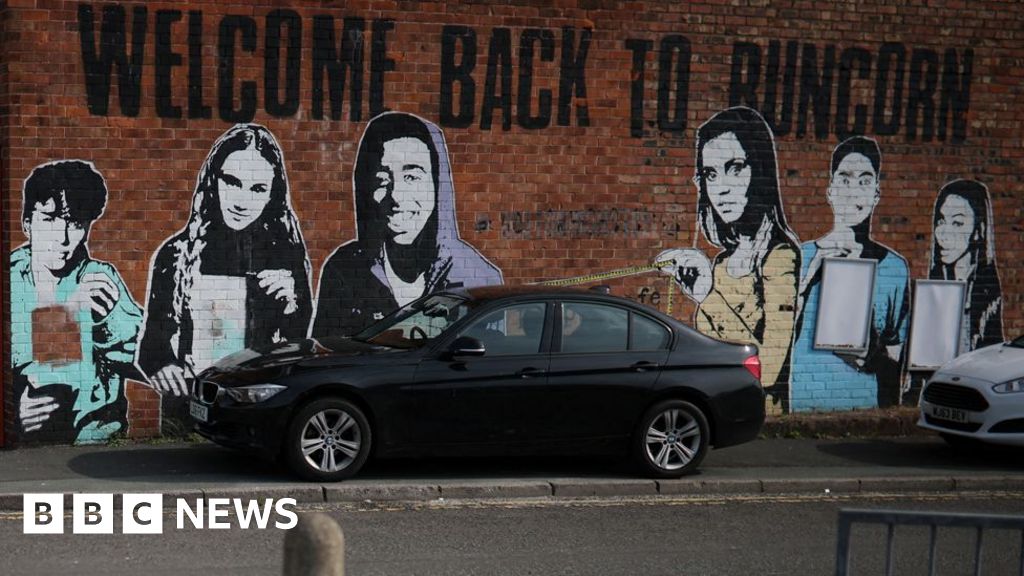Empire Wind 1 Project Halted Amid Political Controversy

This article was originally published by Inside Climate News and is presented here as part of the Climate Desk collaboration.
In downstate New York, which encompasses the Hudson Valley and areas further south, the development of renewable energy projects faces numerous challenges. The limited space available for such projects, especially in densely populated New York City, coupled with high costs, complicates the endeavor.
While smaller-scale battery storage and solar initiatives could help the state inch closer to its ambitious renewable energy targets, experts agree that these efforts must be accompanied by utility-scale renewable energy generation to effectively meet demand and achieve goals.
Enter Empire Wind 1, heralded as the first project in a significant expansion of offshore wind energy development off Long Island's coast. Awarded a lease from the federal government back in 2017, Empire Wind 1 is set to create over 1,500 jobs and provide power to approximately 500,000 homes through the installation of 54 wind turbines.
However, on Wednesday, Interior Secretary Doug Burgum issued a directive to the Bureau of Ocean Energy Management to cease all construction activities on the Empire Wind 1 project until a comprehensive review can take place. This review comes after concerns emerged indicating that the Biden administration may have hastily approved the project without sufficient environmental analysis.
Since assuming office in January, President Trump has vocally opposed offshore wind energy initiatives, referring to the proposed wind farms as big, ugly windmills that could endanger wildlife. Earlier this year, his administration dismissed employees from the National Oceanic and Atmospheric Administration (NOAA) who were tasked with assessing the environmental impacts of wind energy on marine ecosystems.
On his inaugural day, President Trump signed an executive order that revoked all parts of the outer continental shelf from new or renewed offshore leasing activities and suspended the approval processes for both new onshore and offshore wind projects. This order also called for a review of existing offshore leases, with the potential for termination.
A spokesperson for Equinor, the Norwegian energy company responsible for the Empire Wind 1 project, confirmed that construction activities will be halted as per the new directive. The limited liability company overseeing the project, Empire Offshore Wind LLC, is currently engaging with the relevant authorities to clarify the situation and is exploring possible legal remedies, including an appeal against the order.
The halt in construction could significantly impact New York States climate objectives and the potential for green job creation in the downstate region. Notably, around 44% of New York City's census tracts are inhabited by low-income communities that have disproportionately borne the brunt of pollution and its associated health risks.
When progress towards climate goals is delayed or entry-level job opportunities remain unfulfilled, these vulnerable communities often suffer the most significant setbacks.
The Empire Wind 1 project was expected to bring a wealth of green union jobs to the downstate area. Equinor is also collaborating with the New York City Economic Development Corporation and Sustainable South Brooklyn Marine Terminal to redevelop a marine terminal that will serve as the project's long-term operations and maintenance base.
This initiative is particularly advantageous for the Sunset Park neighborhood, an area burdened by environmental degradation located near the South Brooklyn Marine Terminal. Local leaders, including Council Member Alexa Avils, have emphasized the communitys long-standing fight to ensure Sunset Park's inclusion in efforts to diminish carbon emissions and foster green energy, while also creating local union jobs.
According to the mayors office, the project is projected to generate at least 1,000 construction jobs, 130 apprenticeship opportunities, 200 assembly roles at the marine terminal, and 50 permanent positions dedicated to the ongoing operation of the Empire Wind initiative.
City officials have viewed the growth of green jobs as a critical pathway for low-income New Yorkers, particularly those without college degrees, to enhance their earning potential. Yet, with a slowdown in green job growth, large-scale projects like Empire Wind 1 have become even more crucial.
Vincent Alvarez, president of the New York City Central Labor Council, expressed concern over the halt in construction, describing it as a reckless decision that threatens thousands of quality union jobs and jeopardizes New Yorks progress toward cleaner, more affordable energy.
Esther Rosario, the executive director of the labor union coalition Climate Jobs NY, highlighted that union workers were slated to board a vessel as soon as next week for monopile installation, which is essential for securing the wind turbines' foundations in the seabed. That means that in two weeks, those workers wont have a paycheck coming their way, Rosario pointed out.
New York State's Climate Act aims to achieve a 70% renewable energy-sourced grid by the year 2030. However, earlier reports suggested that the timeline for reaching this goal might already be at risk due to limited renewable projects planned for the downstate region.
Alexander Patterson, campaign coordinator for Public Power NY, called for renewed efforts at the state level to expedite new generation projects, emphasizing that this recent halt is just another instance in a troubling pattern of project cancellations caused by financial or political obstacles.
The suspension of construction on Empire Wind 1 raises concerns about potential delays in the states energy transition. Experts warn that the Trump administrations stop-work order could create uncertainty that extends far beyond New York's downstate regions.
Rob Freudenberg, vice president of energy and environment programs at the Regional Plan Association, cautioned that if every change in administration leads to the revocation of permits and stop-work orders, it could undermine the stability needed for future projects. That should reverberate beyond the offshore wind industry itself, Freudenberg noted.


























